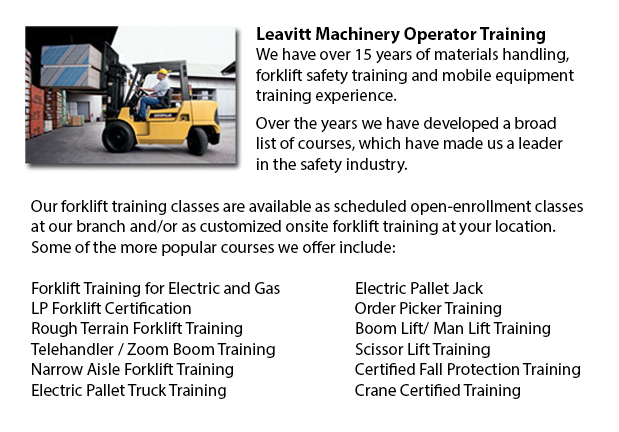
Aerial Lift Training Markham - Aerial jacks are able to accommodate numerous duties involving high and hard reaching spaces. Normally used to carry out routine preservation in buildings with tall ceilings, prune tree branches, hoist heavy shelving units or fix telephone lines. A ladder could also be used for many of the aforementioned tasks, although aerial platform lifts offer more safety and stability when correctly used.
There are many models of aerial lifts available on the market depending on what the task needed involves. Painters often use scissor aerial lifts for instance, which are classified as mobile scaffolding, effective in painting trim and reaching the 2nd story and higher on buildings. The scissor aerial jacks use criss-cross braces to stretch and extend upwards. There is a platform attached to the top of the braces that rises simultaneously as the criss-cross braces lift.
Cherry pickers and bucket trucks are a further version of the aerial hoist. Typically, they possess a bucket at the end of a long arm and as the arm unfolds, the attached bucket platform rises. Platform lifts use a pronged arm that rises upwards as the handle is moved. Boom lifts have a hydraulic arm which extends outward and elevates the platform. Every one of these aerial platform lifts call for special training to operate.
Training programs offered through Occupational Safety & Health Association, acknowledged also as OSHA, cover safety techniques, system operation, upkeep and inspection and machine weight capacities. Successful completion of these education programs earns a special certified certificate. Only properly licensed individuals who have OSHA operating licenses should drive aerial hoists. The Occupational Safety & Health Organization has formed rules to uphold safety and prevent injury when utilizing aerial hoists. Common sense rules such as not using this machine to give rides and ensuring all tires on aerial platform lifts are braced in order to prevent machine tipping are mentioned within the rules.
Unfortunately, statistics reveal that greater than 20 aerial hoist operators pass away each year when operating and almost ten percent of those are commercial painters. The majority of these mishaps were caused by inadequate tie bracing, for that reason some of these could have been prevented. Operators should make certain that all wheels are locked and braces as a critical safety precaution to prevent the machine from toppling over.
Marking the neighbouring area with visible markers have to be utilized to safeguard would-be passers-by so that they do not come near the lift. Moreover, markings should be placed at about 10 feet of clearance amid any power lines and the aerial hoist. Lift operators should at all times be appropriately harnessed to the lift when up in the air.
-
Rough Terrain Forklifts
Rough Terrain Forklifts Training Markham - There are essentially two kinds of lift trucks within the manufacturing business, the rough terrain model and the industrial version. Rough terrain lift trucks appeared in the 1940's intended predominantly f... More -
Pneumatic Forklifts
Pneumatic Forklifts Training Markham - Widely utilized in shipping plants, the pneumatic forklift or pallet vehicle, can be used to transfer resources that are positioned onto pallets. A pneumatic lift truck commonly has a pair of steel blades instal... More -
JLG Telehandler
JLG Telehandler Training Markham - In the late 1960's John L. Grove, with his wife Cora embarked on on a cross country trip in their RV. Freshly retired, after spending several years working with his brother to develop their crane business into an ma... More -
Hyster Forklift
Hyster Forklift Training Markham - As a world leader in forklift trucks, Hyster continually strives for excellence in product quality and safety. However, it began as a manufacturer of lifting machines as well as winches. Most of its production was... More -
Scissor Pallet Trucks
Scissor Pallet Truck Training Markham - Scissor lift pallet vehicles are created to have the ability to move and stack pallets with a built-in lifting apparatus that permits the pallets to be elevated. This apparatus is incredibly functional for work... More

Forklift Certification Markham
TOLL FREE: 1-888-254-6157
Markham, Ontario
forkliftcertificationmarkham.com
Email Us
About Us


